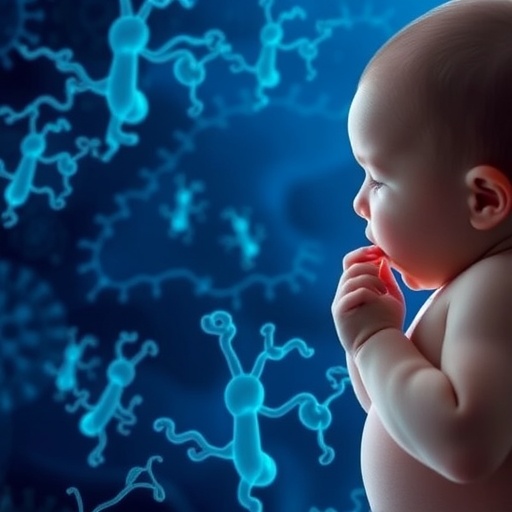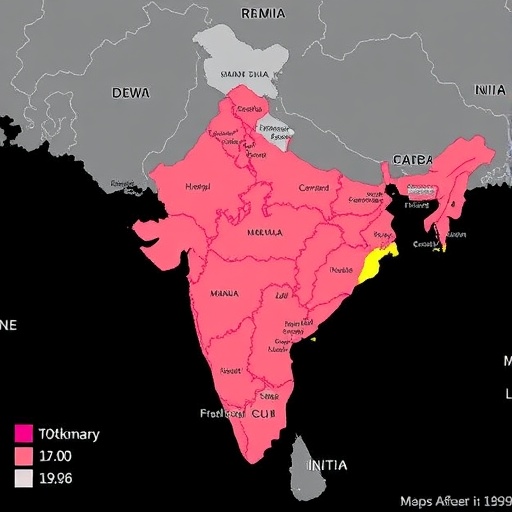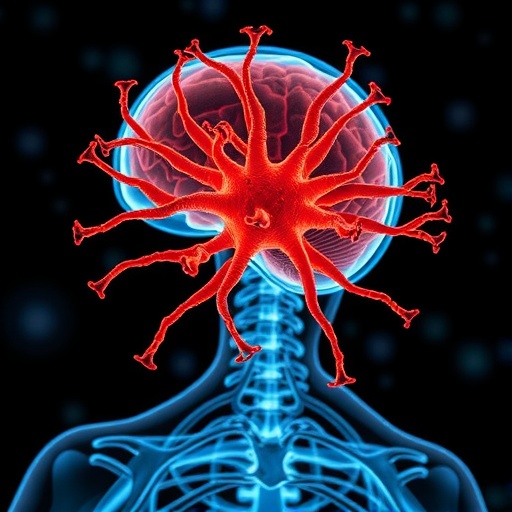PROTECT YOUR DNA WITH QUANTUM TECHNOLOGY
Orgo-Life the new way to the future Advertising by AdpathwayIn the relentless battle between humanity and influenza viruses, scientists have continuously sought to understand how tiny genetic changes can influence a virus’s ability to evade immunity, spread efficiently, and cause disease. A recent groundbreaking study dives deep into one of the most concerning influenza strains, A(H5N1), commonly known as the avian flu virus. This strain has intermittently spilled over from birds to humans, raising alarms about its pandemic potential. The study focuses on the naturally occurring substitutions in the virus’s hemagglutinin (HA) protein—a critical viral component responsible for binding the virus to host cells—and reveals how even subtle mutations can dramatically alter the virus’s antigenicity and fitness.
Hemagglutinin plays a pivotal role not only in mediating viral entry into host cells but also serves as the primary target for the immune system’s neutralizing antibodies. Hence, any mutations within this protein can potentially shift the virus’s ability to escape previously established immune responses. By investigating naturally occurring substitutions rather than experimentally induced mutations, the researchers provide a more realistic view of the evolutionary dynamics the virus undergoes in nature. This approach offers valuable insights into how antigenic drift—the gradual accumulation of mutations—may prepare H5N1 for greater infectivity or immune resistance.
The research team mapped specific amino acid changes within the HA protein and assessed their impact on antigenicity by testing how well sera from vaccinated or previously infected subjects neutralized these viral variants. The results highlight that some substitutions substantially decrease antibody recognition, potentially rendering current vaccines less effective. This revelation is particularly urgent because H5N1 vaccines are designed based on circulating strains and may become obsolete if the virus continues to evolve along these antigenically novel pathways.
Beyond antigenicity, the study elegantly probes the fitness consequences of these HA substitutions. Viral fitness encompasses not just replication capacity but also transmissibility and stability in different hosts or environmental conditions. Utilizing reverse genetics and in vitro experiments combined with animal models, the team dissected how each mutation altered the virus’s ability to infect cells, replicate efficiently, and transmit. Strikingly, some substitutions improved viral fitness without sacrificing antigenic escape, suggesting certain mutations could provide dual advantages to the virus.
Conversely, others found that some antigenically significant substitutions carried a fitness cost, highlighting a delicate evolutionary trade-off. While escaping immune detection is beneficial for the virus, diminished replication or transmissibility constrains long-term survival and spread. This dual nature of mutations provides possible checkpoints where antiviral strategies could exploit viral weaknesses.
Another fascinating aspect of the study is the structural analysis of mutated HA proteins. By employing advanced cryo-electron microscopy, the researchers visualized how amino acid changes reshape the HA antigenic sites. These structural shifts explain why certain substitutions drastically reduce antibody binding affinity, illuminating the mechanism behind immune evasion. Importantly, these insights could guide next-generation vaccine design targeting more conserved or less mutable regions of HA.
The study also juxtaposes antigenicity and fitness data against epidemiological observations. Variants harboring specific mutations identified in this study have been isolated in recent outbreaks, underscoring the real-world implications of these molecular findings. Surveillance programs can leverage this knowledge to predict viral evolution patterns and update vaccine strains proactively.
Moreover, the interplay between antigenic escape and host adaptation is elegantly discussed. Some substitutions facilitate better binding to human-type receptors, suggesting an increased zoonotic potential. This evolution toward human host compatibility raises concerns about the virus crossing the species barrier more readily, emphasizing the need for vigilant monitoring and preparedness.
Methodologically, the research sets new standards by integrating computational predictions with empirical data. High-throughput mutagenesis combined with in silico modeling allowed the team to screen numerous substitutions rapidly, prioritizing those of greatest concern. Such integrative approaches accelerate the pace of discovery in viral evolution studies.
Furthermore, the study’s implications extend beyond H5N1 alone. Hemagglutinin is a shared viral protein architecture across various influenza subtypes, and lessons learned here may inform broader influenza virus control strategies. Understanding the delicate balance between immune escape and fitness can refine universal vaccine designs and antiviral drugs, making them more resilient to viral evolution.
Importantly, this research injects a note of caution against complacency. The virus’s evolutionary ingenuity and adaptability remain formidable enemies. While vaccines remain essential, the study reminds us of the transient nature of immunity against rapidly mutating viruses and the continuous arms race in immunogen design.
Equally critical is the study’s potential to enhance pandemic prediction models. Incorporating molecular and antigenic data into epidemiological frameworks can improve forecasting accuracy for emerging influenza strains with pandemic potential. This proactive stance could facilitate timely public health interventions.
Finally, the multi-disciplinary collaboration exemplified in this research signals the future of virology. By harnessing expertise in structural biology, immunology, computational science, and epidemiology, the team tackled a complex problem from multiple angles. Such integrative studies are crucial as humanity faces ongoing challenges from infectious diseases.
In summary, this in-depth investigation into naturally occurring hemagglutinin substitutions in the influenza A(H5N1) virus not only elucidates how these mutations contribute to antigenic variation and viral fitness but also underscores the continuous evolutionary tug-of-war between viral survival and host immunity. The findings serve as a clarion call to the scientific community, healthcare policymakers, and the public to refine surveillance, vaccine design, and preparedness efforts in the shadow of evolving influenza threats.
Subject of Research: Impact of naturally occurring hemagglutinin substitutions on antigenicity and fitness of influenza A(H5N1) virus
Article Title: Impact of naturally occurring hemagglutinin substitutions on antigenicity and fitness of influenza A(H5N1) virus
Article References:
Wang, L., Hatta, M., Feng, C. et al. Impact of naturally occurring hemagglutinin substitutions on antigenicity and fitness of influenza A(H5N1) virus. npj Viruses 3, 72 (2025). https://doi.org/10.1038/s44298-025-00154-5
Image Credits: AI Generated
Tags: antigenic drift in H5N1avian flu virus dynamicsgenetic changes in virusesH5N1 virus fitnesshemagglutinin protein mutationsimmune response to influenzainfluenza research breakthroughsinfluenza virus immune evasionnatural substitutions in H5N1pandemic potential of H5N1understanding influenza strain evolutionviral entry into host cells


 3 hours ago
8
3 hours ago
8





















 English (US) ·
English (US) ·  French (CA) ·
French (CA) ·